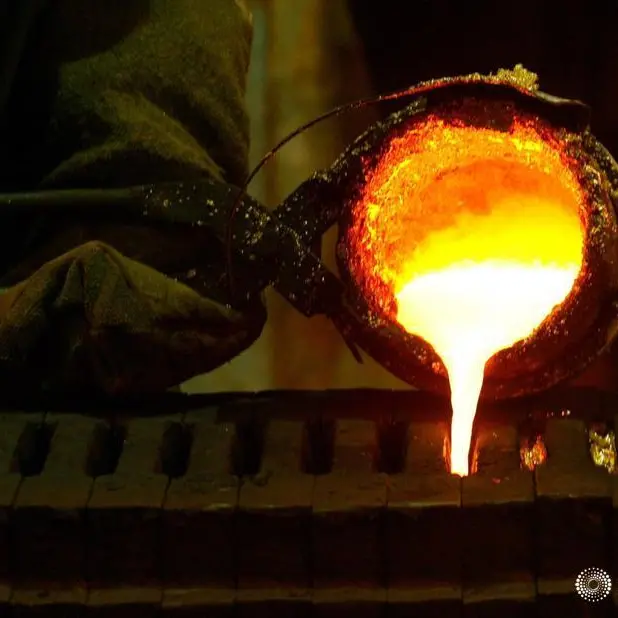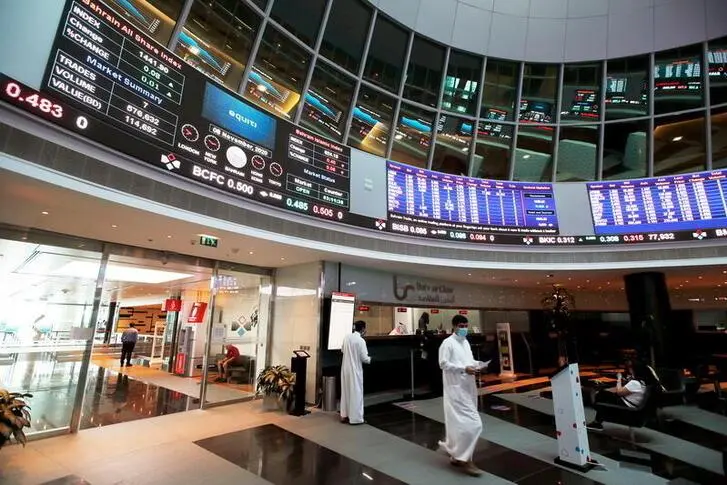08 August 2014
Haj establishments (known as "tawafa") have spent SR180 million on 600 field offices to improve services to the more than 1.4 million pilgrims slated to perform the pilgrimage this year.
Mustafa Alem, a "mutawwif" (Arabic for an official who helps pilgrims perform their religious rites), has spent more than 45 years on the field, serving pilgrims and heading several Haj offices.
"Field offices are the executive tools of Haj establishments," he said. "This body is directly in charge of providing services to pilgrims under the supervision of its board of directors and Haj mission coordinators."
Service offices include a head, a deputy and seven members, all of whom are "mutawifeen" or sons of these Haj assistants.
There are seasonal employees and workers in addition to the crew.
Field inspectors have already assessed pilgrim accommodation ahead of this year's Haj season.
"We spent SR300,000 to SR400,000 equipping a single field office that provides VIP services," said Alem.
"Payrolls consume the lion's share of the office budget," he said.
"Office heads earn SR25,000, deputies SR23,000 and field members SR12,000 each monthly, while several offices have up to 12 'mutawifeen' at a time depending on the number of pilgrims."
"Add to that SR10,000 to SR12,000 monthly for admin, rent and IT work, not to mention technical equipment, which can cost SR30,000 in one go, and SR15,000 for cleaning and other maintenance services."
Offices operate for 100 days a year between the Islamic month of Shawwal and Muharram.
Offices work around the clock during Haj, he said. "Offices are already offering competitive services to ensure sound evaluation on quality and services."
"Haj offices come up with innovative ways of making their pilgrims feel welcome every year. This includes giving them souvenirs that might prove useful during their rituals."
Haj establishments (known as "tawafa") have spent SR180 million on 600 field offices to improve services to the more than 1.4 million pilgrims slated to perform the pilgrimage this year.
Mustafa Alem, a "mutawwif" (Arabic for an official who helps pilgrims perform their religious rites), has spent more than 45 years on the field, serving pilgrims and heading several Haj offices.
"Field offices are the executive tools of Haj establishments," he said. "This body is directly in charge of providing services to pilgrims under the supervision of its board of directors and Haj mission coordinators."
Service offices include a head, a deputy and seven members, all of whom are "mutawifeen" or sons of these Haj assistants.
There are seasonal employees and workers in addition to the crew.
Field inspectors have already assessed pilgrim accommodation ahead of this year's Haj season.
"We spent SR300,000 to SR400,000 equipping a single field office that provides VIP services," said Alem.
"Payrolls consume the lion's share of the office budget," he said.
"Office heads earn SR25,000, deputies SR23,000 and field members SR12,000 each monthly, while several offices have up to 12 'mutawifeen' at a time depending on the number of pilgrims."
"Add to that SR10,000 to SR12,000 monthly for admin, rent and IT work, not to mention technical equipment, which can cost SR30,000 in one go, and SR15,000 for cleaning and other maintenance services."
Offices operate for 100 days a year between the Islamic month of Shawwal and Muharram.
Offices work around the clock during Haj, he said. "Offices are already offering competitive services to ensure sound evaluation on quality and services."
"Haj offices come up with innovative ways of making their pilgrims feel welcome every year. This includes giving them souvenirs that might prove useful during their rituals."
© Arab News 2014






















